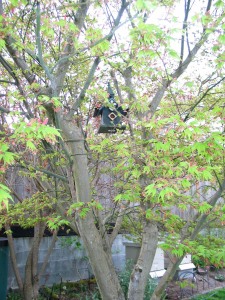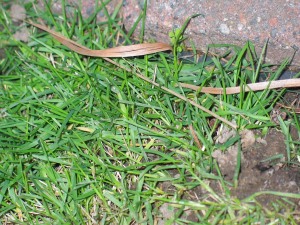Call it synchronicity or just the ability to pay attention to the threads the run through your life, sometimes it sure seems like someone is trying to tell you something. My friend Janine absolutely believed that we all have a unique purpose and that life acts as a sort of herding dog running around us pushing us closer and closer to what we are supposed to be.
When I wrote about the Sit Spot challenge put out by the Wilderness Awareness School a few weeks ago, I wasn’t thinking at all about the writing workshop that I had signed up for at the Burke Museum. I was just reporting on an interesting item I had discovered on a site I check out sporadically.
Last weekend, as I drove over to the University for the Environmental Writer’s Workshop at the Burke Museum, I had no expectations other than to spend the day with other people who are interested in writing about the environment.
During the afternoon I took a session given by Lynda Mapes. I switched to her session because I was impressed with the organized and entertaining way she presented her biography [I was] and because she spent her youth in the same part of the country I did having many of the same experiences. [Another interesting bit of synchronicity, this the second time recently that I have been reminded of those days running wild in the green spaces of the Northeast.]
Janine would tell me, and I can hear her still though she’s been gone for almost five years, that I was meant to be in that session because Lynda had us do an exercise she called immersion reporting. The basic activity is to go somewhere in nature and let “nature do the talking”. At its core this is the Sit Spot exercise. The only real difference is that because the purpose it to report on what you observe, note taking is an important part of the activity. We actually practiced for an hour in the Union Bay Natural Area.
As with many experiences, the learning continued after the exercise was over. Just today I managed to tease out one insight that has been niggling at me since the class. I have been feeling a subtle pressure to turn more of my yard over to food production. Some of the pressure is very real and comes from a neighbor who is creating a real urban farm in her yard. Next to her organized vegetable and fruit beds and simple cut flower beds, my yard is exuberant and overgrown.
With the downturn in the economy the local version of keeping up with the Joneses has moved on from authentic Arts and Crafts remodels to self-sustaining agriculture. I do have a little bit of the yard, outside the back door, dedicated to vegetables and fruits. But the primary purpose of my garden has been to provide backyard habitat.
As I left for work this morning, some bird was thrashing around in the wild back corner where my little writing table is surrounded by a nearly impenetrable ring of native trees and shrubs. Back there the plants need no supplemental water even during the hottest days of the summer and maintenance is simply turning leaves and twigs into the dirt. It is my own little wild place where I can be in nature when there just isn’t time to get in the car and get away.




